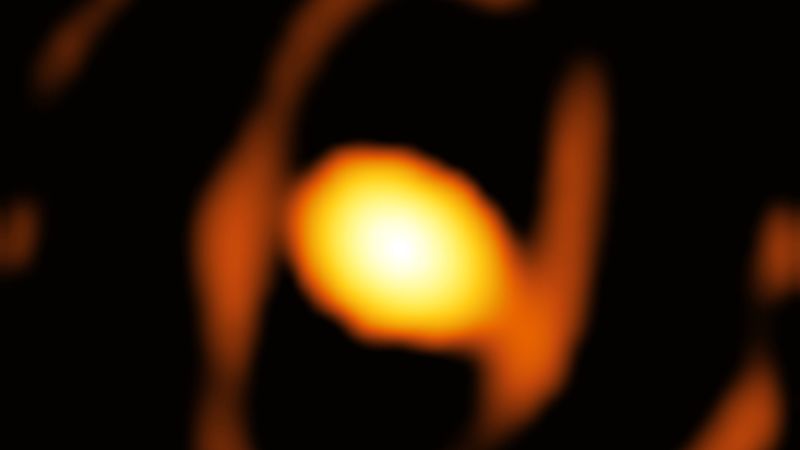
Nuclear Fusion
Nuclear fusion is a process in which two atomic nuclei combine to form a heavier nucleus, releasing a large amount of energy in the process. In space and astronautical engineering, nuclear fusion is a promising technology for generating power for long-duration space missions. The process involves heating hydrogen to extremely high temperatures and pressures until the atoms fuse together, releasing energy in the form of light and heat. This energy can then be converted into electricity using a turbine. Nuclear fusion has the potential to provide a nearly limitless source of energy, with no greenhouse gas emissions or long-lived radioactive waste. However, it is still a developing technology and significant engineering challenges must be overcome to make it practical for use in space.
Your Previous Searches
Random Picks
- Software Protocols: Software protocols refer to a set of rules and standards that govern the communication between different software systems. In the context of space and astronautical engineering, software protocols are essential for the exchange of data and ... Read More >>
- Spacecraft Tracking: Spacecraft tracking is the process of monitoring the position, velocity, and other parameters of a spacecraft in orbit or during interplanetary travel. This involves the use of ground-based and space-based tracking systems, such as radar, o ... Read More >>
- Radiation-induced Illnesses: Radiation-induced illnesses refer to the harmful effects of ionizing radiation on living organisms, including acute effects such as radiation sickness and long-term effects such as cancer. Exposure to ionizing radiation can damage DNA and o ... Read More >>
Top News

Archaeologists discover 4,000-year-old canals used to fish by predecessors of an...
Using drones and Google Earth imagery, archaeologists have discovered a 4,000-year-old network of earthen canals in what’s now Belize...
News Source: ABC News on 2024-11-22

First close-up image of a star beyond our galaxy may reveal impending supernova...
Astronomers have taken the first close-up image of a star beyond our galaxy, and it’s a “monster star” surrounded by a cocoon as it slowly dies....
News Source: CNN on 2024-11-21

Bestselling author explains the science of happiness: "You can do the work"...
Bestselling author and Harvard professor Arthur Brooks opens up about how enjoyment, satisfaction and meaning in life can increase a person's wellbeing....
News Source: CBS News on 2024-11-18

November's full moon, known as the Beaver Moon, is the last supermoon of 2024. H...
November's full moon, known as the Beaver Moon, is the last supermoon of 2024. Here's when it peaks and why it's called the Beaver Moon....
News Source: CBS News on 2024-11-15

You can't put a price on the sense of awe particle physics inspires...
Astronomy and particle physics are no longer seen as vital by the US establishment, so funding has fallen. But our work creates a sense of wonder, and wonder matters, says Chanda Prescod-Weinstein...
News Source: New Scientist on 2024-11-13